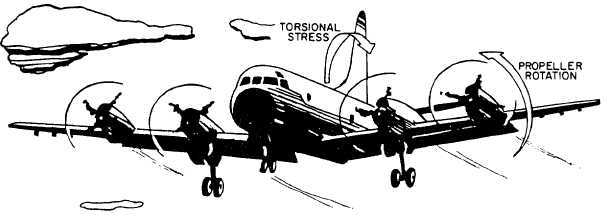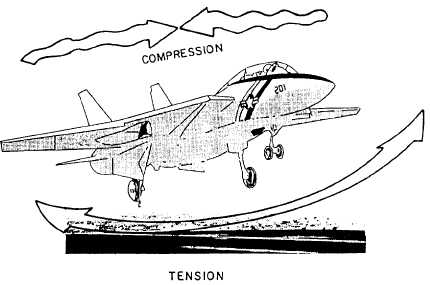Figure 1-20.—Engine torque creates torsional stress in aircraft fuselages.
Figure 1-21.—Bending action occurring during carrier landing.
An aircraft requires materials that must be both light
and strong. Early aircraft were made of wood.
Lightweight metal alloys with a strength greater than
wood were developed and used on later aircraft.
Materials currently used in aircraft construction maybe
classified as either metallic or nonmetallic.
COMMON METALLIC MATERIALS
The most common metals in aircraft construction
are aluminum, magnesium, titanium, steel, and their
alloys. Aluminum alloy is widely used in modern
aircraft construction. It is vital to the aviation industry
because the alloy has a high strength-to-weight ratio.
Aluminum alloys are corrosion-resistant and com-
paratively easy to fabricate. The outstanding character-
istic of aluminum is its lightweight.
Magnesium, the world’s lightest structural metal, is
a silvery-white material weighing only two-thirds as
much as aluminum. Magnesium is used in the
manufacture of helicopters. Magnesium’s low
resistance to corrosion has limited its use in con-
ventional aircraft.
Titanium is a lightweight, strong, corrosion-
resistant metal. It was discovered years ago, but only
recently has it been made suitable for use in aircraft.
Recent developments make titanium ideal for
applications where aluminum alloys are too weak and
stainless steel is too heavy. In addition, titanium is
unaffected by long exposure to seawater and marine
atmosphere.
An alloy is composed of two or more metals. The
metal present in the alloy in the largest portion is called
1-21



